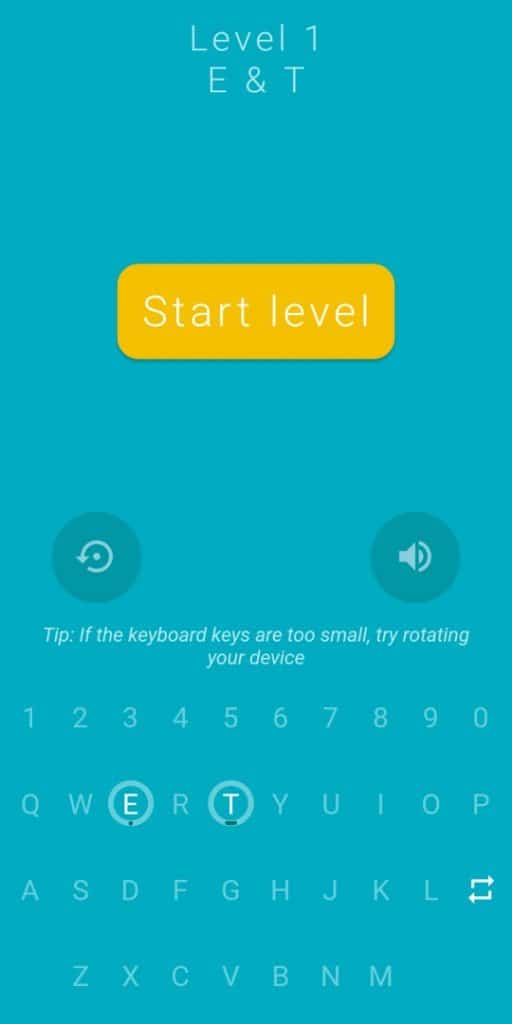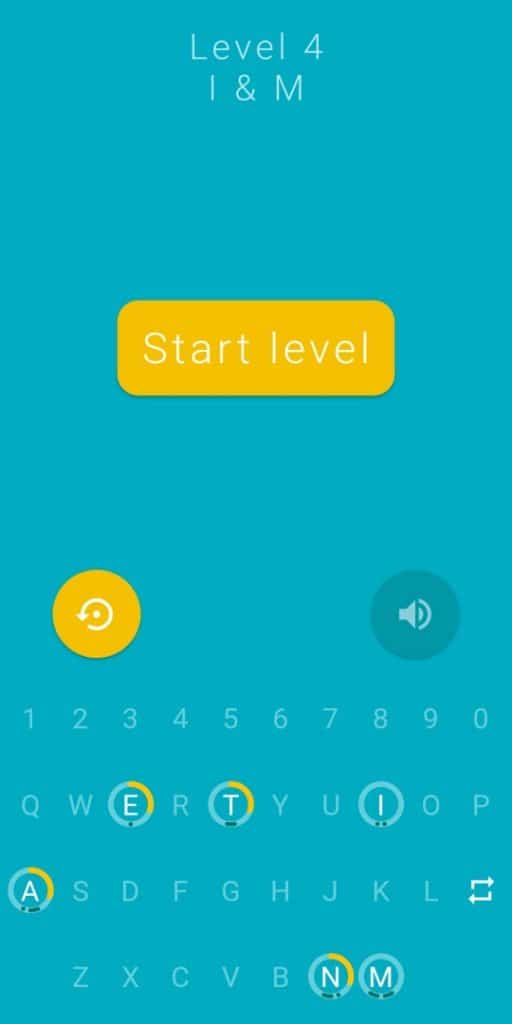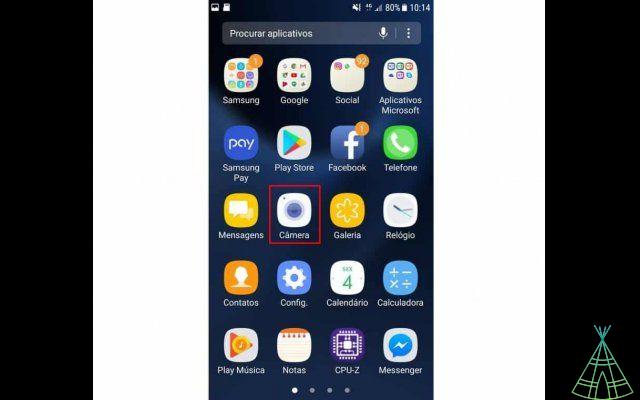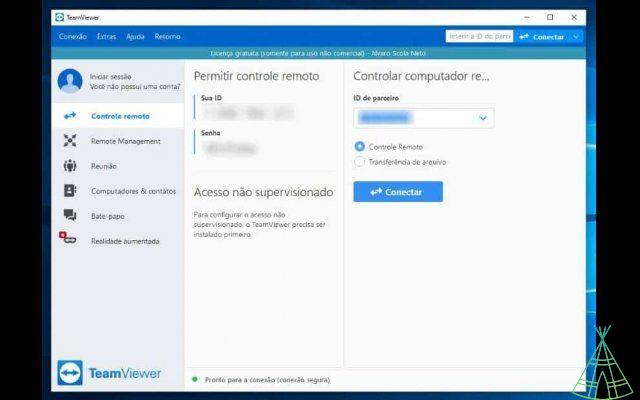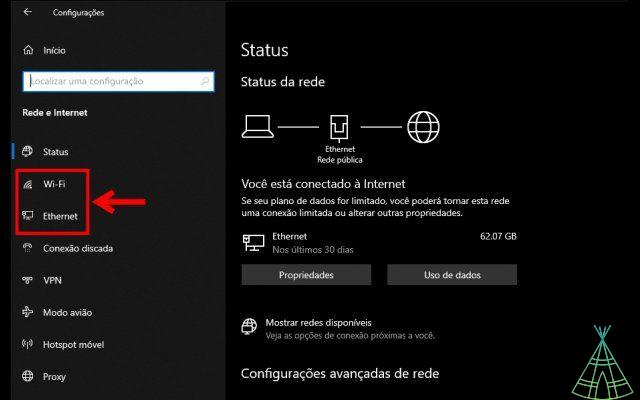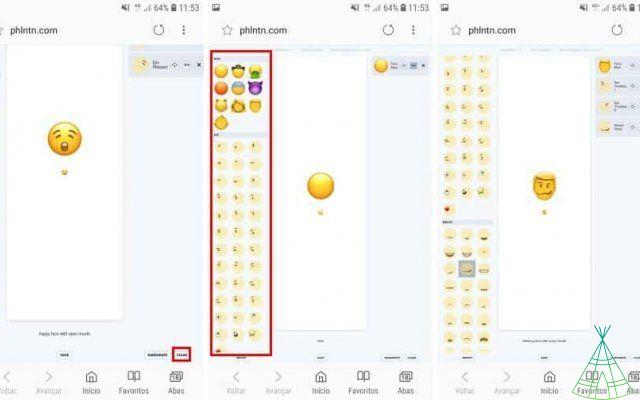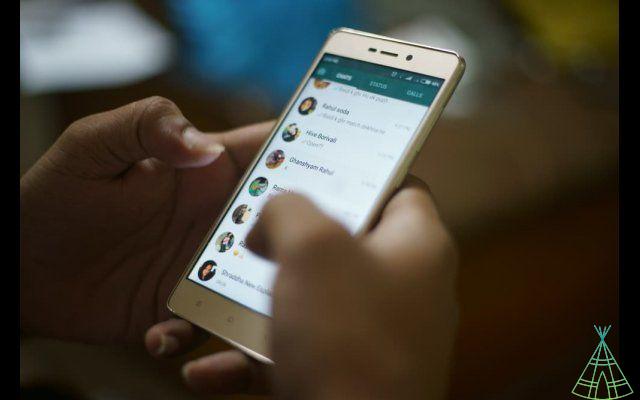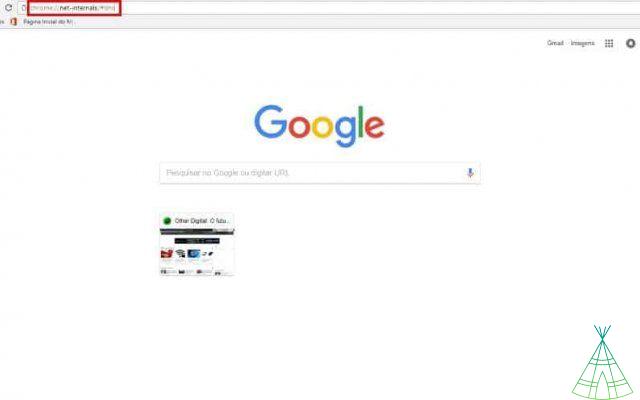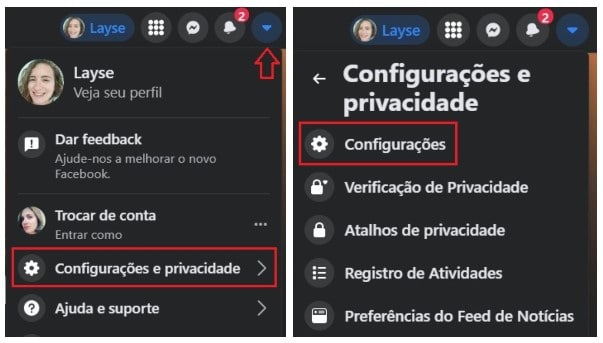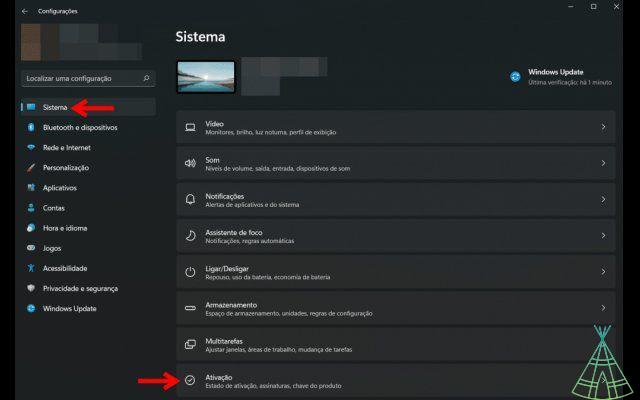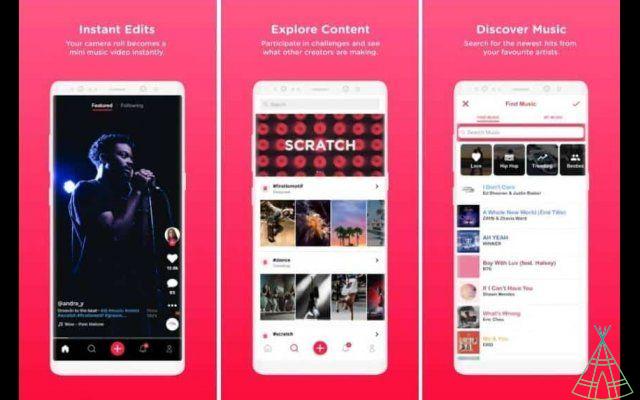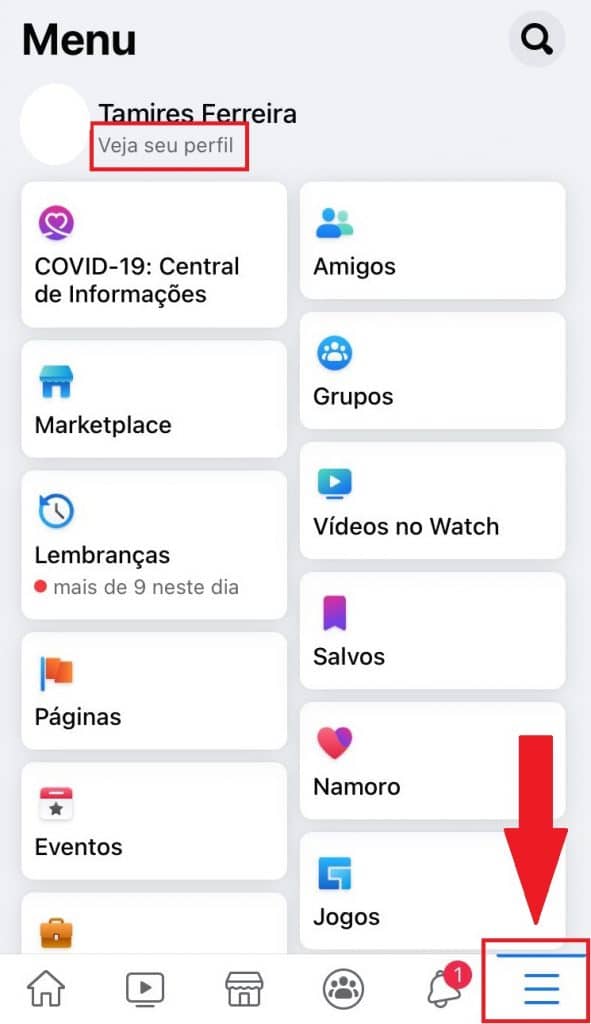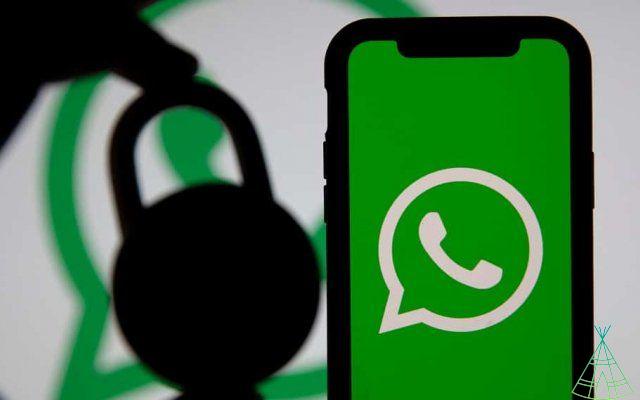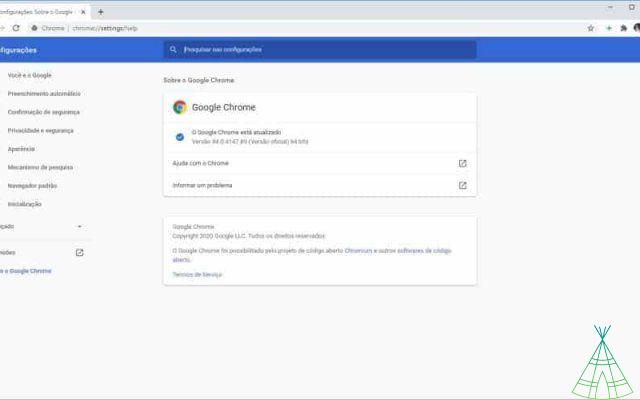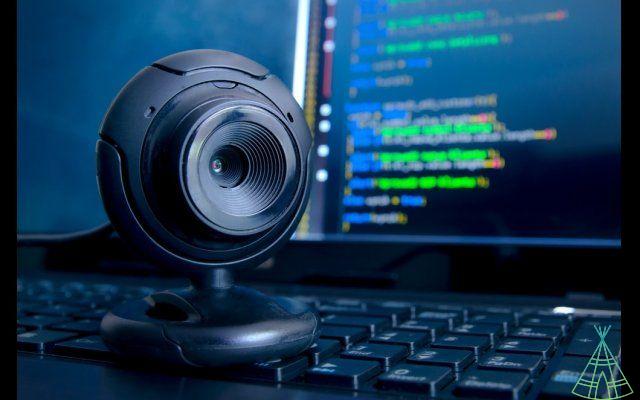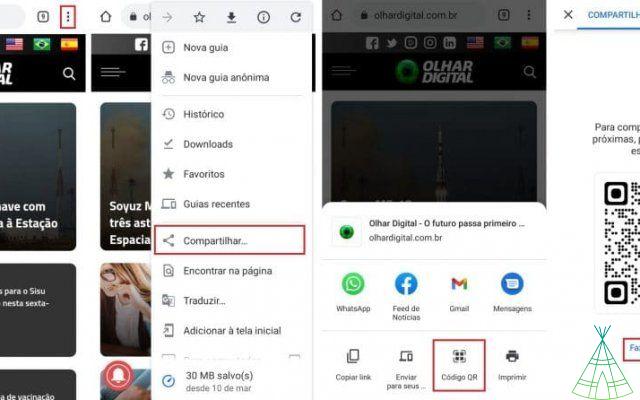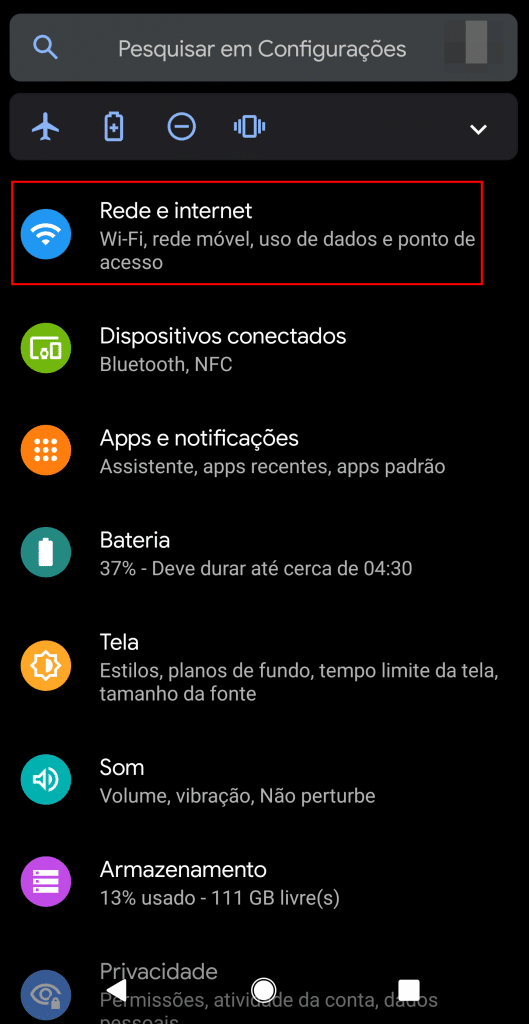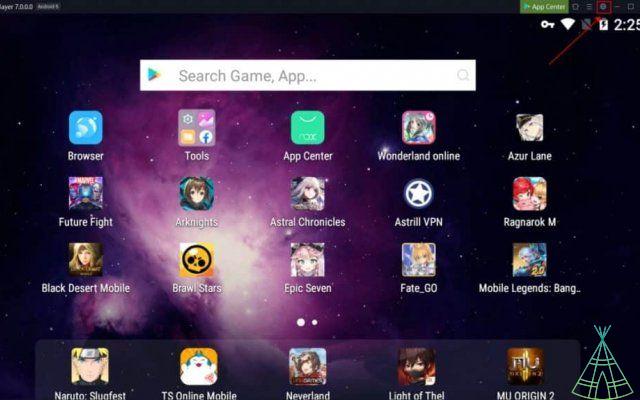I confess I was shocked when Netflix put a coded message in the 'Stranger Things' season 4 trailer. After all, I am the one who until today has not fully mastered the “language of the foot” – imagine, then, being able to read a message without the help of a Morse code translator.
Nerds never disappoint… https://t.co/CF8CfnBYiy
— netflixbrasil (@NetflixBrasil) April 27, 2022So it's no wonder I believe a kid is a genius when they've cracked the code in a sci-fi movie – remember those classic scenes of tapping on the wall or flashing flashlight? Or even the iconic scene from the books in “Interstellar”.
If you don't understand Morse code either, get ready because that's about to change now. In this tutorial of Technology Refugee, you will learn everything you need to create and read encrypted messages.
What is Morse code?
Morse code is a language for communicating with other people – not a puter. As the name suggests, this system was created in 1835 by Samuel Morse and Alfred Vail. And, currently, it is the only modulation that can be understood by a human without the help of a machine.
That is, you will use signs to represent letters, numbers and punctuation. Therefore, we can say that Morse code is an encrypted language, even though the key is public knowledge.
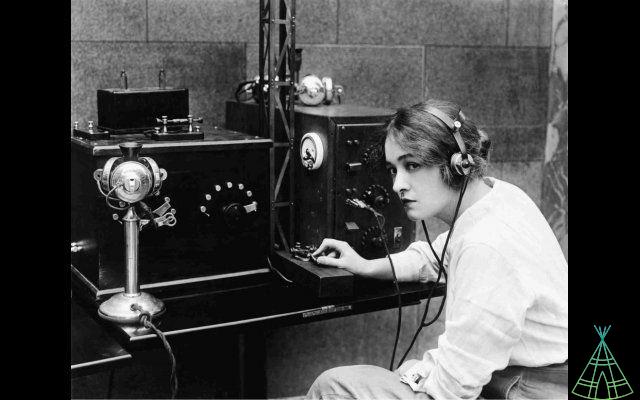
Specifically about the message, you need to know that it will be posted by three signals: long pulses, short pulses and spaces. While the long signs are called a dash or 'dah', the short ones are called a dot or 'dit'.
Spaces, on the other hand, do not change their names. However, you will find different sizes of spaces: shorter to represent the spacing between letters and longer to represent the gap between words.
As we mentioned earlier, these pulses can be sent and received by sound signals (beats) or visual signals (flashing lights). But they too can be linked by electrical waves (the one in a telegraph, also invented by Samuel Morse) or electromagnetic waves (the one in a radio).
It is no exaggeration to associate the popularity of Morse code with the widespread adoption of the telegraph. It is worth remembering that at this time there were no telephones or radios. That is, the fastest way to exchange information was by telegram.
Because of this fame, it was the international standard for maritime communications until 1999 when it was completely replaced by the Global Maritime Distress and Safety System (also known as the Global Maritime Distress and Safety System).
Nowadays, although it has fallen into disuse, some groups still use Morse code, Boy Scouts and Ham radio.
American Morse code
Morse code is not the same as when it was created almost 200 years ago. Initially, Samuel Morse wanted to transmit only numbers over the telegraph and use a book to decode the words.
However, the code ended up including letters, numbers and signs. The logic was to use the smallest sequences of dots and dashes to represent the letters plus ones in English. Thus, messages could be transmitted more fully and quickly. Imagine the time it would take to look up the meaning of each group of numbers in the dictionary!
Naturally, over the years, Morse code has received changes. Thus, the Morse code table was very limited for use in the United States. Hence, the name "American Morse Code" or "Railroad".
international morse code
As we said, Morse code has undergone some changes over time. The most important one was made in 1848, when 11 letters were changed in Germany. This change was eventually adopted as the international standard by the International Telegraph Congress in 1865.
After World War II, international Morse code did not change until 2003, when the “@” symbol (• • • — • —) was added.
Morse code: table
Here is the Morse code alphabet:
| Letter | Symbol | Letter | Symbol | Letter | Symbol | Number | Symbol |
| A | • — | K | — • — | U | • • — | 0 | — — — — — |
| B | — • • • | L | • — • • | V | • • • — | 1 | • — — — — |
| C | — • — • | M | - - | W | • — — | 2 | • • — — — |
| D | — • • | N | — • | X | — • • — | 3 | • • • — — |
| E | • | O | - - - | Y | — • — — | 4 | • • • • — |
| F | • • — • | P | • — — • | Z | — — • • | 5 | • • • • • |
| G | — — • | Q | — — • — | 6 | — • • • • | ||
| H | • • • • | R | • — • | 7 | — — • • • | ||
| I | • • | S | • • • | 8 | — — — • • | ||
| J | • — — — | T | — | 9 | — — — — • |
Morse code benefits
The main benefits of Morse code are its versatility and worldwide adoption. When we talk about versatility, we are talking about the numerous mediums used to convey messages. That is, you can unite using Morse code via the radio, knocking on the door, flashing a flashlight, sounds in a song, etc.
When we talk about worldwide membership, we are referring to an alphabet held throughout the world. In other words, there are messages – the famous abbreviation SOS – that you can send and your interlocutors will know the meaning instantly.
What are the uses of Morse code?
Currently, Morse code is only used by radio amateurs and Boy Scouts. However, you can also find it in songs, popular movies, videos, books, etc. Despite being almost 200 years old, the system is still famous, especially among geeks.
online morse code translators
On the internet, you can find several Morse code translators. Here, we separate three to help you convert words into dits and dahs in graphical representation or even audio and light.
1. Unit Conversion
Unit Conversion is an online Morse code translator. It works in a similar way to other language translators: in one box you write the text to be translated, in the other, the words already translated appear.
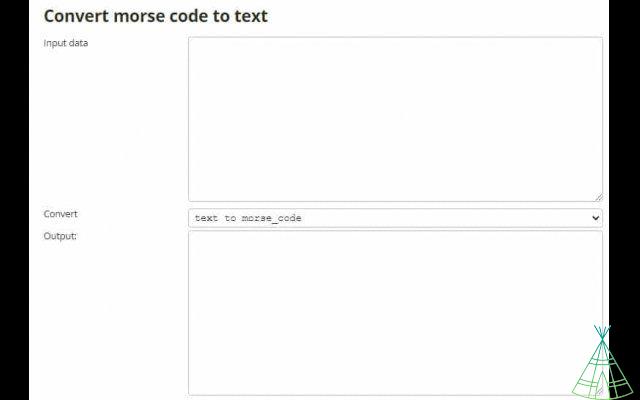
If you want to decipher Morse code, you can paste the dots and dashes in the upper box and select “morse code to text” in the “Convert output” field.
Although the site doesn't provide a tutorial, I found that the translator understands a single space to indicate the end of a sequence of dots and dashes. However, I couldn't figure out what the symbol would be to indicate the end of a word, since the traditional slashes “/” and “|” they didn't work.
2. Online Conversion
Another translation tool available is Online Conversion. Like the previous one, it proposes to translate texts into Morse code and vice versa. However, only the Morse code translate box was working for me.
In this converter, you separate each character by a space, whereas words are split using two or three spaces.
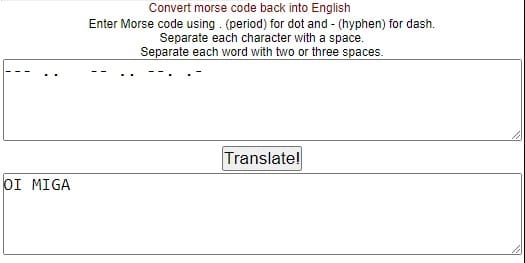
3 Morse Code
There are other free online Morse code translators, such as Morse Code. The differential of this one is that, in addition to transforming your text into Morse code, it also reproduces it in sound and/or light.
After entering the text, tap on “Sound” to activate audio and/or “Light” for light. To check the result, just press “play”. If you want to save the sound, press “download” and if you want to share it with someone, press “Share”:
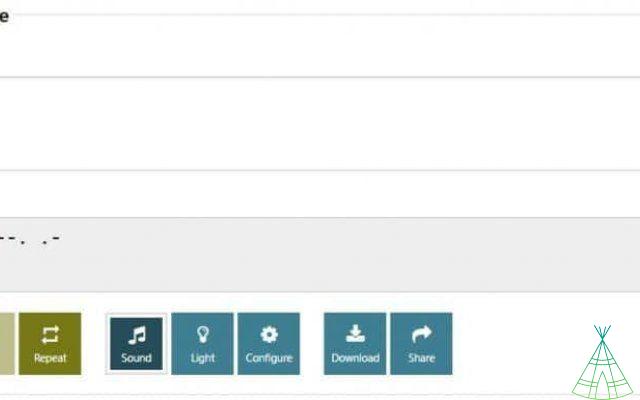
Read also:
- Badoo: the complete guide to the social network of relationships!
- Omegle: how it works, how to use it and care when using the site
- Wattpad: downloading, reading and writing stories through the platform
morse code apps
1. Morse-it (iOS)
Morse-it is a complete application. It translates words to Morse symbols, but also picks up speech through the microphone and interprets it to text.
For those who want to learn Morse, there are two very good resources. The first is the possibility of capturing in real time the letters being coded to Morse.
The second, available only in the paid plan, is a set of learning tools, the CWops Academy method, quiz and mnemonics.
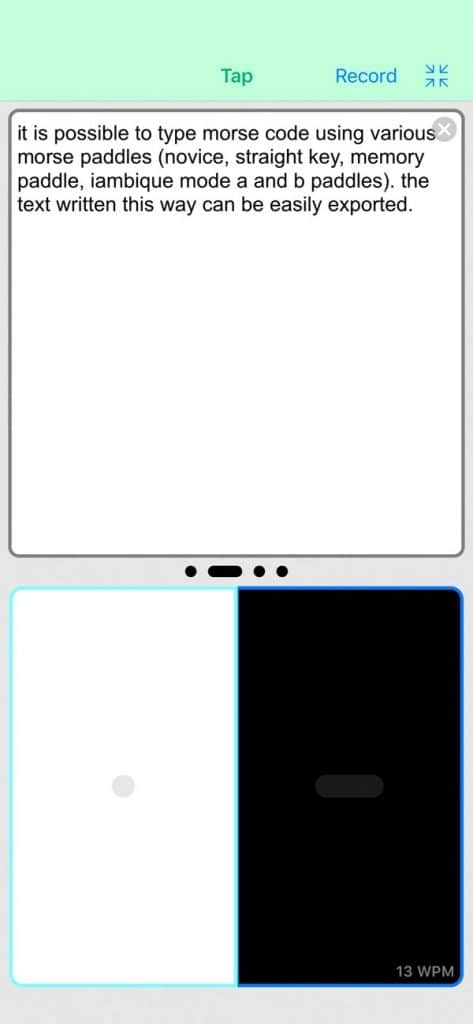
What sets this app apart from others on this list is the ability to use the touch screen to translate your short and long taps into text. In addition, you will have available the configuration of frequency, words per minute and tone.
2. Morse Code (Android)
Morse Code is an application dedicated to translating morse code. It works in a similar way to the sites we mentioned in this tutorial: you write the words and it translates to Morse code.
In addition to translating text to symbols, it also encodes for sound, vibration, and light. To use the flashing light feature, you must authorize the use of the camera (because it will use the cell phone's flash) and agree to run the app in the background.
In the top menu buttons, choose what you want to play the text in Morse code: lightning is for flash, speaker is for sound and cell phone is for vibration.
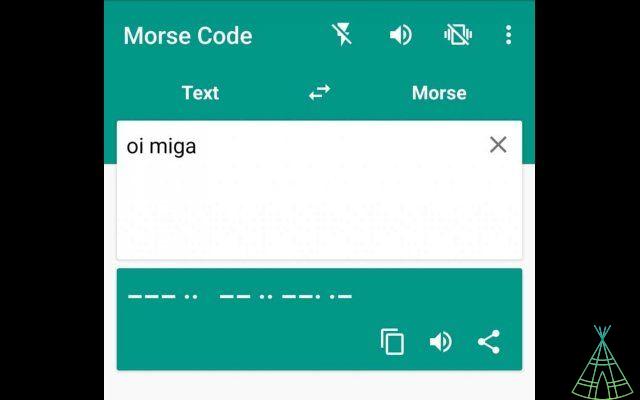
Already in the lower menu, you can copy the code, reproduce it or share it. In this case, the speaker would be a “play” or “start” button.
3. Morse Code Translator
Like the previous suggestion, Morse Code Translator allows you to translate text into light, vibration or sound. Again, to reproduce light you need to authorize access to the cell phone camera.
This application has some cool differentials for those who want to learn Morse code, and not just translate it. The first feature is the Morse code alphabet which can be accessed on the letter “a” (next to “no ads”):
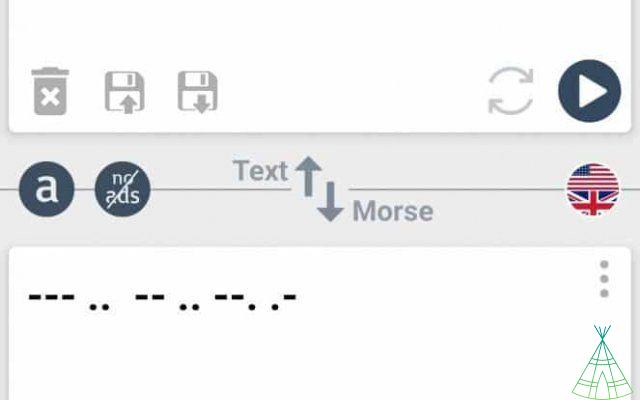
The second feature is the option to save and access your favorite translations. To save a translation just click on the floppy disk symbol and an upward arrow. To see the translations, touch the down arrow on the floppy disk.
Finally, it is worth noting that this application also allows you to configure the speed and frequency of the tones, in addition to the size of the pauses.
4. Morse Mania
If you want to learn Morse code, Morse Mania app can help you in the process. It's a game where you learn the letters progressively. So you can start from the basics: tell a dit from a dah.
To start press “Start Level” and select the letter of the sound you heard. A hit will play a new sound until the letters are completely orange – and a miss has the opposite effect:
Conclusion
Now, you know everything about Morse code, including how to learn it. If you liked this content, you will also enjoy this complete guide to the best English to Portuguese translators.




